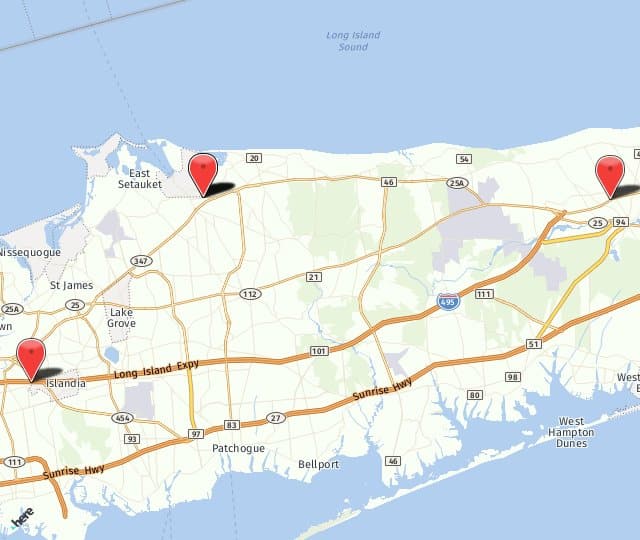How Pregnancy Affects Vein Health and Ways to Manage It
Pregnancy brings a lot of changes to a woman’s body, including significant impacts on vein health. The increased blood volume, hormonal fluctuations, and pressure from the growing uterus can lead to vein-related issues. Being informed about how pregnancy affects vein health can help expectant mothers maintain their vascular well-being. How Does Pregnancy Affect Vein Health? During […]
How Pregnancy Affects Vein Health and Ways to Manage It Read More »

